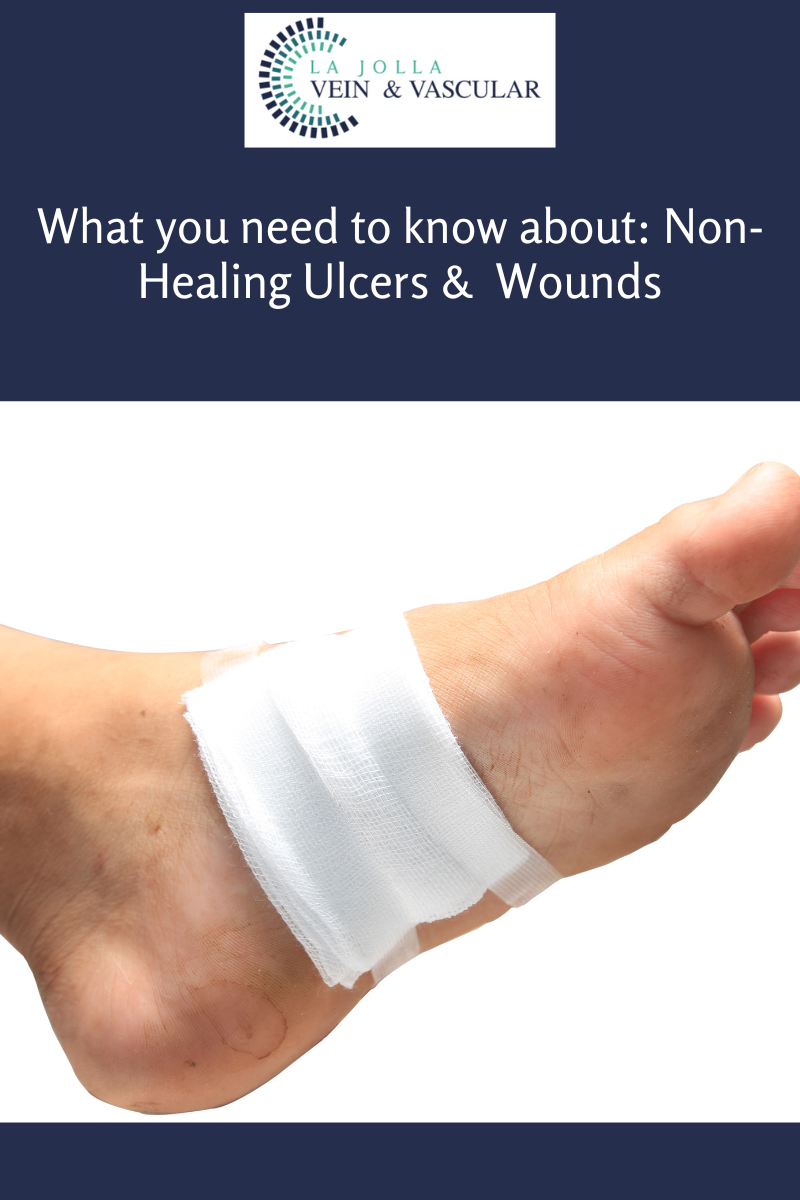ClosureFast™ an endovenous radiofrequency ablation (RFA) procedure
LJVascular2022-09-19T15:33:58-07:00ClosureFast™ an endovenous radiofrequency ablation (RFA) procedure
The procedure, Closurefast is for the backward flow of blood (or “Venous reflux”) in your saphenous vein(s). The great saphenous veins and small saphenous veins are the two main superficial veins of […]












